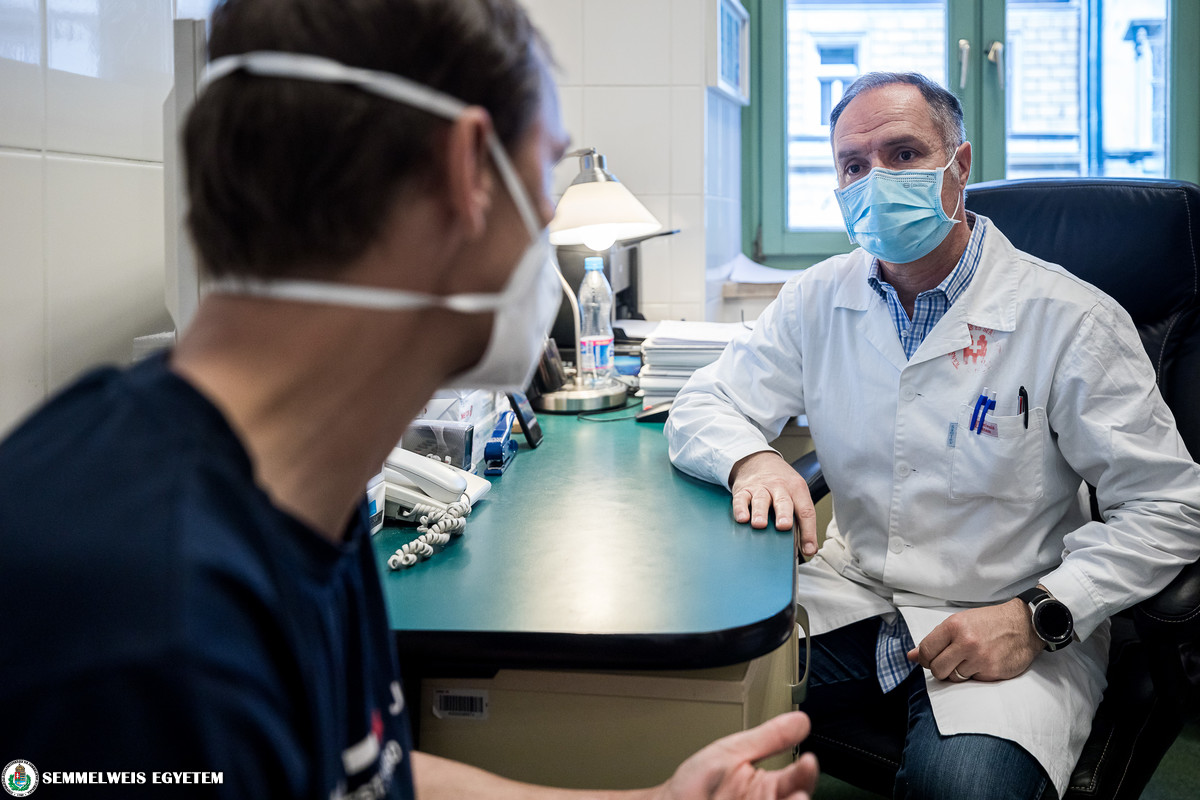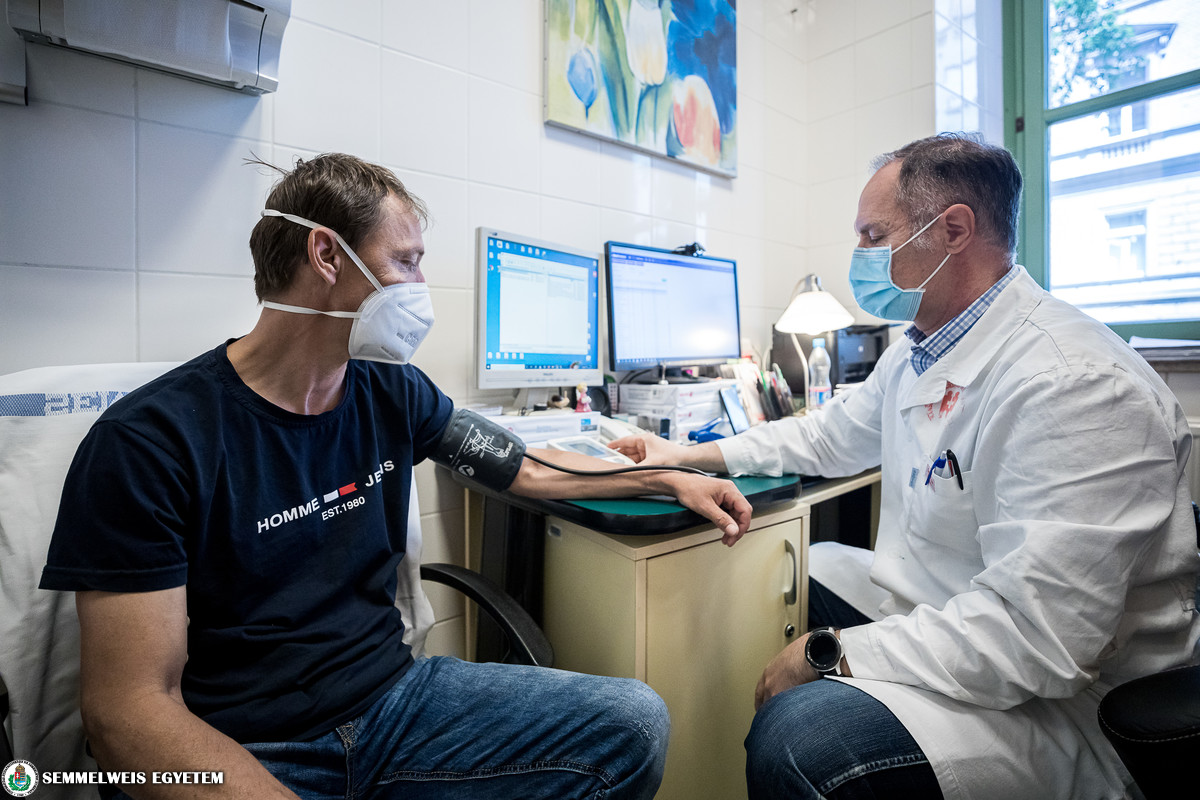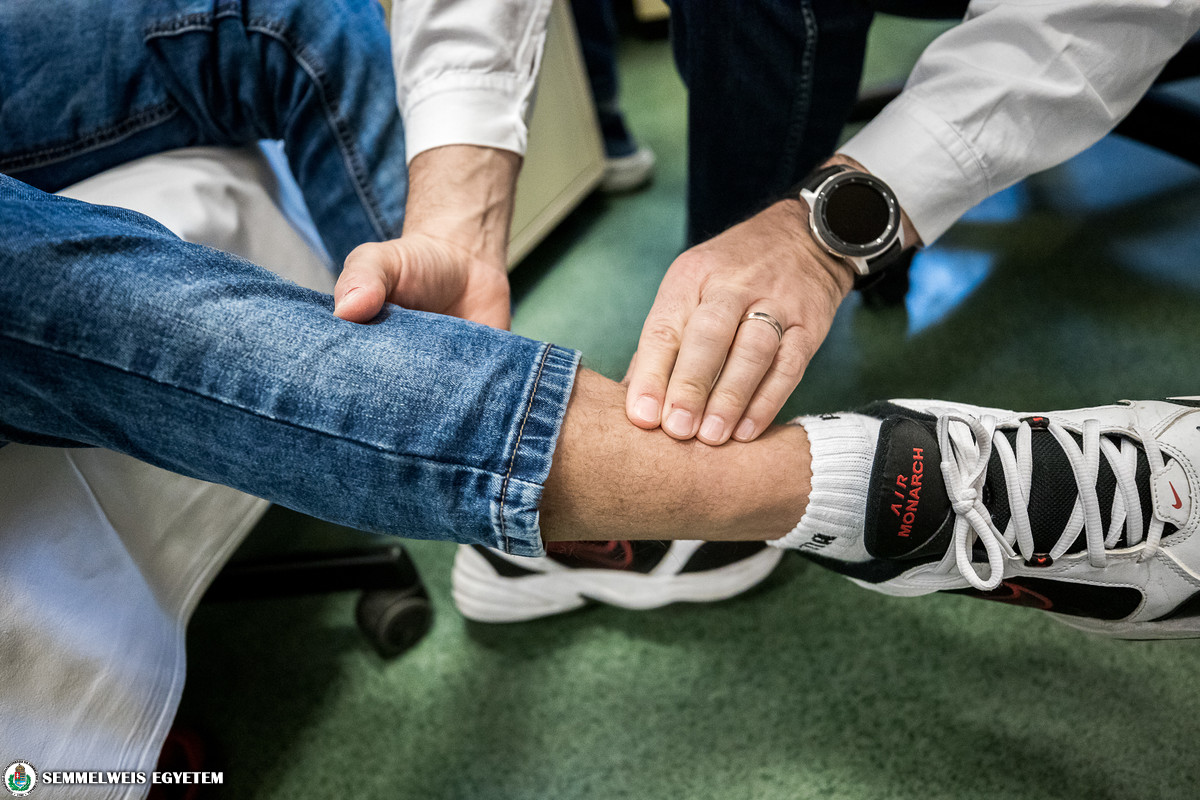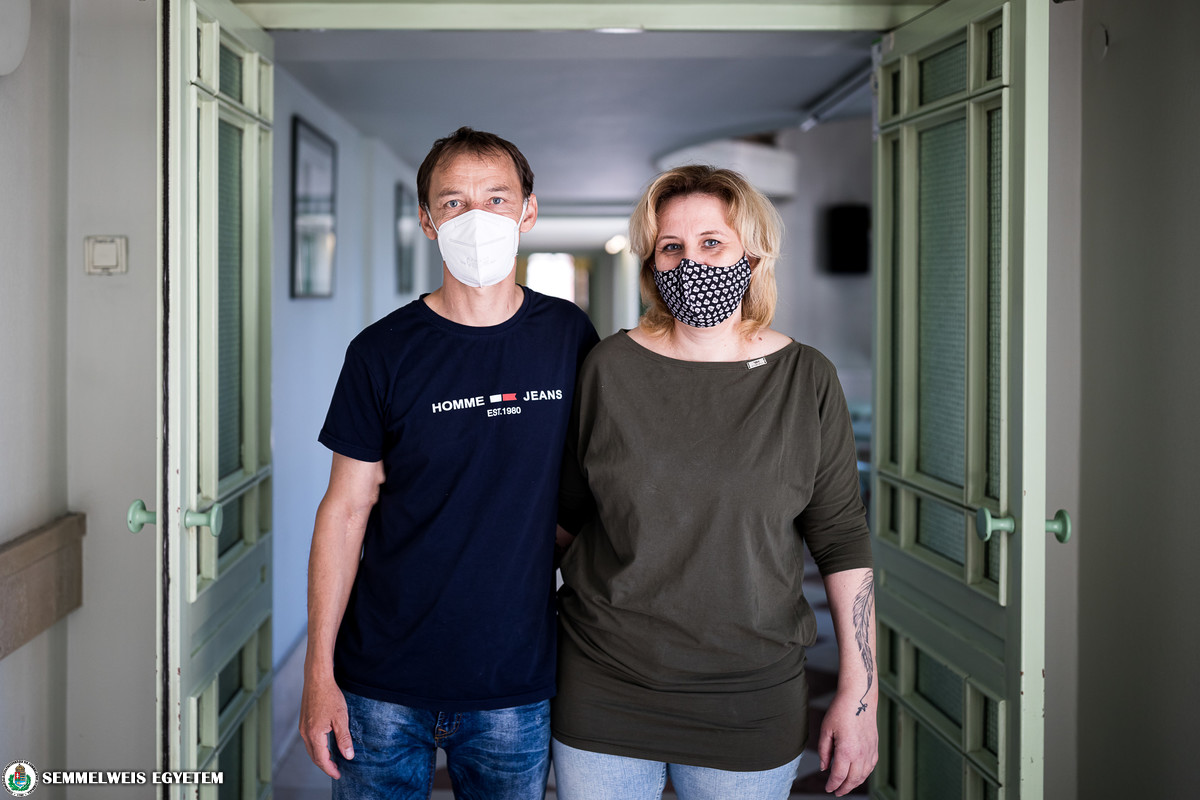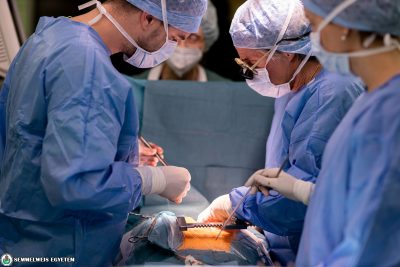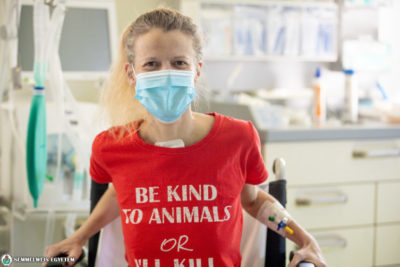The 500th live-donor kidney transplant at the Department of Transplantation and Surgery was performed on March 16, 2021, at the peak of the coronavirus pandemic’s third wave, on a 49-year-old man whose donor was his partner. The procedure was made necessary due to a so-called nephrotic syndrome, in which the permeability of the kidney’s capillaries do not function properly, leading to proteins usually found only in the blood leaking into urine, which increases the risk of infection and thrombosis.
The procedure went well, with the patient’s body accepting the new kidney. The donor was able to return home after 4 days of treatment, while the recipient of the kidney the man after 13 days of recovery.
More and more patients require dialysis due to kidney diseases, or have to wait 2-3 years on average for a new organ. In case of a live donor, waiting time can be reduced to a few months. Our department performs 120-130 cadaver (not live-donor) and 25-30 live-donor transplants on average a year. Due to the low rate of complications, live-donation is popular among those waiting for a kidney transplant
– said Prof. Dr. László Kóbori, the department’s director. He added that as a result, the number of live-donor kidney transplants is continuously increasing and the process is developing: organ removal now performed by laparoscopy, which results in faster recovery for the donor. In 2018, there were 133 cadaver and 30 live-donor kidney transplants at the department, while in 2019 the respective numbers were 153 and 23. In 2020, due to the pandemic the number of cadaver operations decreased slightly to 166, but the number of live-donor transplants increased by one, to 24. As of 7 June this year, a total of 64 kidney transplants have been performed, of which 9 were from live donors, the director noted.
A successful live-donor operation needs the organized teamwork of about 100 doctors and professionals, from the internists and nephrologists examining the donor to radiologists, anesthesiologists, infectologists and surgeons, including the highly-trained specialists nurses and other health care professionals.
Statistics prove that with live donation, the quality of life of the organ donors is not affected; in fact, thanks to the regular check-ups and screenings, they live longer.
The Department of Transplantation and Surgery started operations in 1994 under the leadership of Dr. Ferenc Perner, and the number of organ transplants at the unit has been dynamically increasing since then. The department currently performs liver, pancreas and kidney transplants, with the latter making up the biggest share. The university reported the 5000th kidney transplant performed in February 2020, which has since risen to more than 5,100. Since the 500th live-donor transplant in March, three more live-donor organ transplants and 26 cadaver kidney transplants have been performed at the department, and preparations for live-donor liver transplants will also start this year.
Orsolya Dávid, Eszter Kovács
Translation: Tamás Deme
Photo: Zoltán Adrián – Képszerkesztőség

